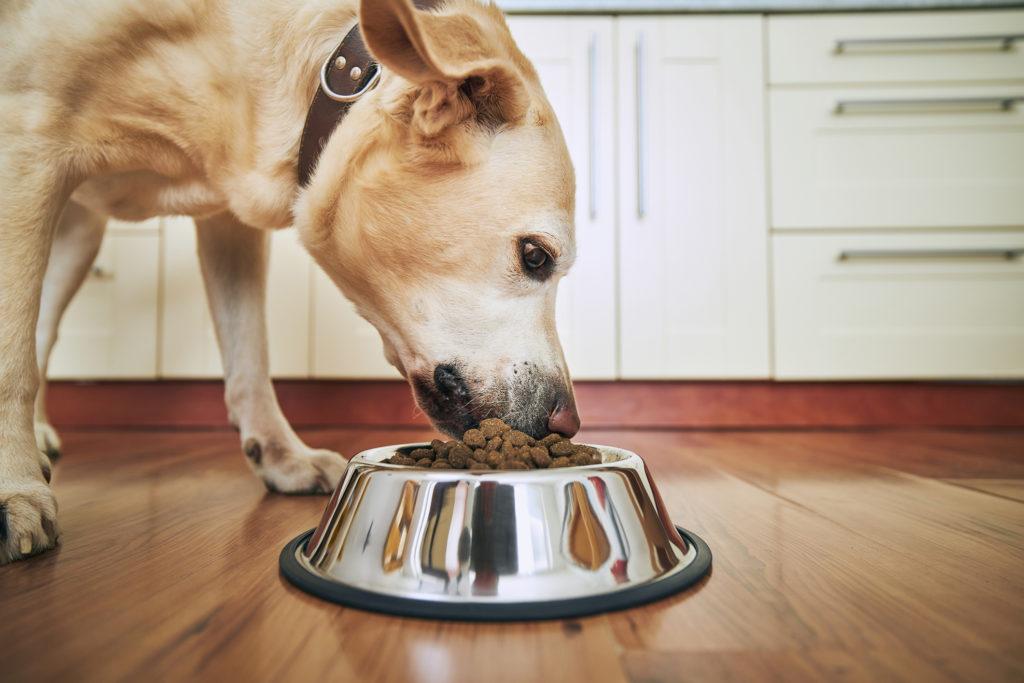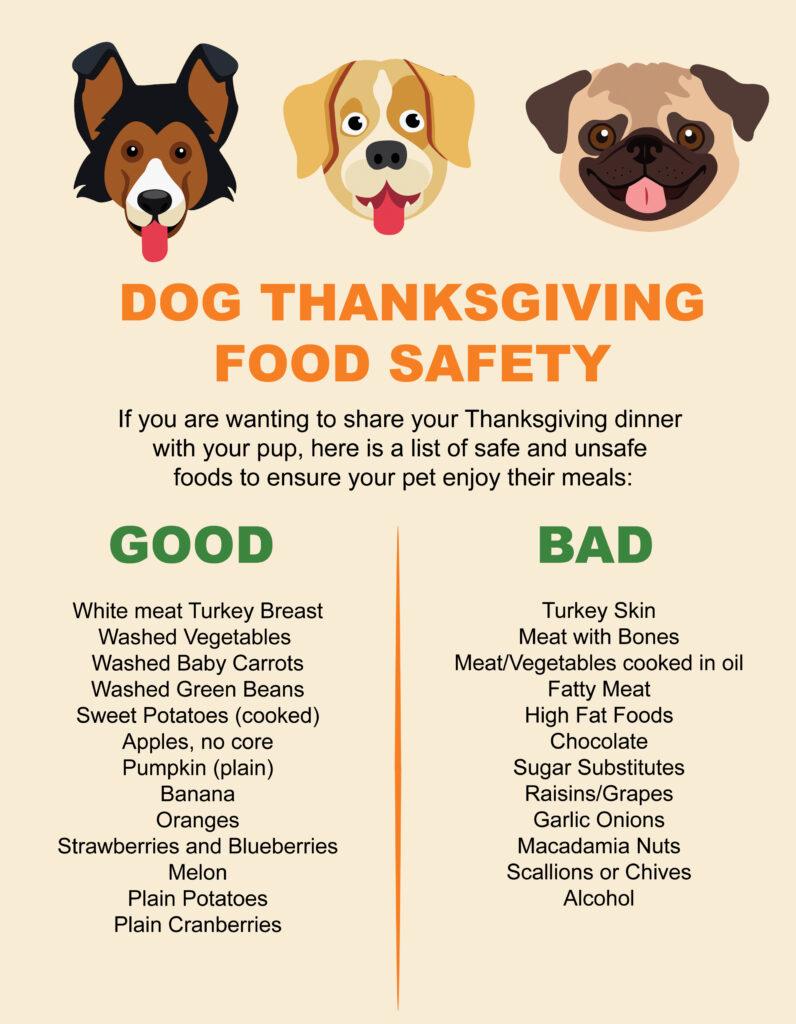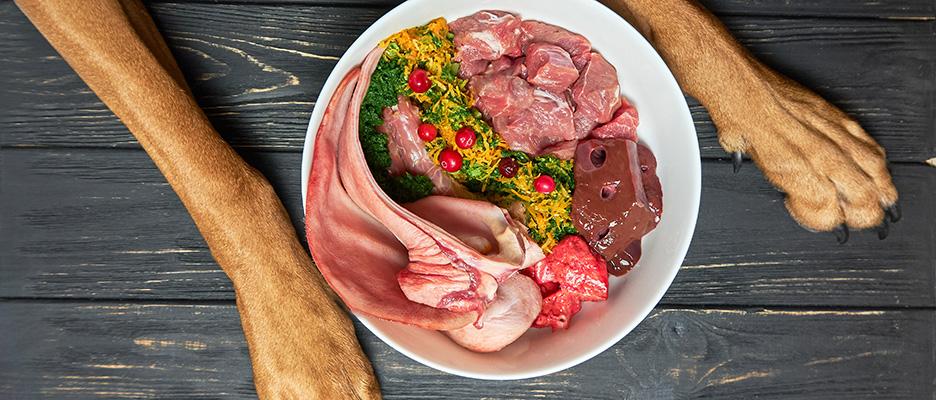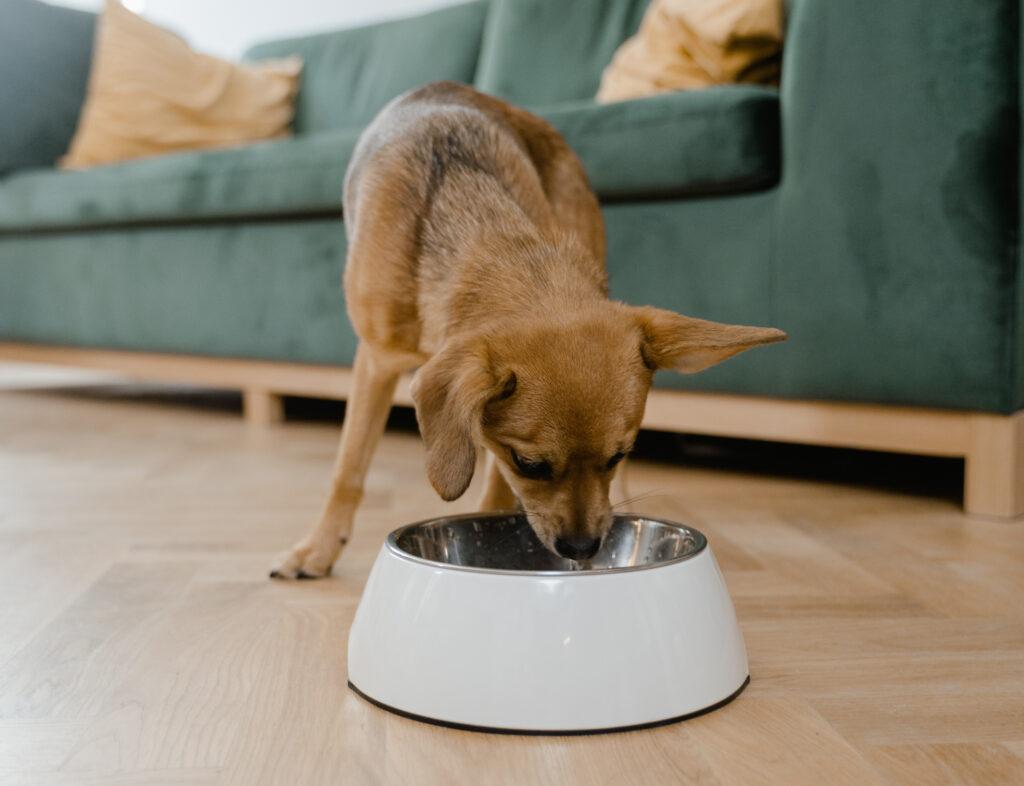
Hey guys! Nikki here, lead veterinary technician with Posh Dog Knee Braces. Today I would like to discuss the different food energies proteins (cooling, neutral, warming, and hot). Our bodies natural energy requires a balance that can be attained through many factors, the main one diet. Having an imbalance of our dog’s food energy can cause symptoms such as itchiness, food sensitivities, skin irritation, excessive panting, feeling cold all the time, or feeling hot all the time seeking cool surfaces.
Let’s talk about the different types of energies. First, Cold energy pets tend to always try to get warm. Does your little dog always seek heat, or like to snuggle under a blanket all day? I personally have a boston terrier that is a cold energy, and he even has his own heating pad. Totally not spoiled, right? Also, pets with arthritis that are affected by the cold can also be within this energy.
Please note: Sometimes our energy is different depending on the season. My dog for instance hates to be cold, so I put him on a warming diet in the winter, however, in the summer I give him a neutral protein. I will get into the proteins in a little.
Next up we have Hot energies (hot dogs!) These dogs tend to be warm/hot to the touch, and seek out colder things. Usually dog’s like my parent’s golden retriever, who love to lay down on cold tiles or on top of the air vents. They love the snow and cold weather, and maybe even going swimming in cool water. They may exhibit red eyes, red skin, and pant all the time (IE Bulldogs). By giving these pups a neutral or cooling food, we can help them create balance, and hopefully get those symptoms under control.
Another sample of the hot energy might be an injury, where there is a lot if inflammation going on in the body. These dogs may benefit from a temporary switch to cooling or neutral proteins, just until the injury is better.
Here are some samples of the different proteins by energy (*note* this is just a sample, there are a lot more available online. Also, please do not cold turkey switch your dog food, or you will cause diarrhea and bloating. If you have a sensitive tummy dog, it may be good to discuss the change with a health professional first).
Rabbit
Whitefish
Pollock
Duck
Beef
Pork
Salmon
Bison
Qual
Tuna
Chicken
Anchovy
Pheasant
Turkey
Venison
Goat
Lamb
If you have any questions you can reach out to us through our contact form or visit our Facebook page for more tips.
Read reviews check out our Google Reviews online. Click Here
Thanksgiving is a holiday of family and food, so don’t leave your fur family out of the festivities. While allowing your dogs to partake in the holiday feast may seem simple, there are a few things to bear in mind to ensure their happiness and wellbeing. There will be less need for emergency room visits, better canine digestive health, and an all-around happy doggie if you can manage to ignore the lovely puppy-dog eyes peeking out from under the table during dinner and pleading for human food.
Remember that dogs depend on humans for their health and wellbeing when you question, “What Thanksgiving meal can dogs eat?”. While it’s true that you’re allowed to indulge, your dog cannot. This is due to the fact that dogs and other pets may actually be in grave risk from the typical Thanksgiving menu. In actuality, dogs shouldn’t eat table scraps at any time of the year. Try some healthier Thanksgiving dog-friendly food alternatives rather than caving in to their cute nudges and whimpers.
Below is a list of Dog friendly food you can feed your dog during Thanksgiving!
Thanksgiving will soon be here, which means there will be plenty of delectable food. Many popular human recipes, though, are unhealthy for pets to eat. It’s crucial to keep in mind which meals are unhealthy for dogs. Particularly at holiday feasts when dogs beg for table scraps and guests can be duped by their adorable features.
Here is a list of Thanksgiving meals that may be worse for your dog than they are for you. For your pets to remain healthy during Thanksgiving, make sure to keep them away from them. Also, remember to let your family and dinner guests know about these possibly harmful or toxic pet foods so they won’t feed them to your four-legged family members.
If your pets ingest any of these foods this Thanksgiving, be sure to call your veterinarian immediately. The most important part of holiday pet safety is early action, which may prevent more costly and serious complications from developing. Have a happy and safe Thanksgiving! If you have any questions you can reach us through our contact form or visit our Facebook page.

Read reviews check out our Google Reviews online. Click Here
Hey guys, this is Nikki, Lead Veterinary technician with Posh Dog Knee Braces. So, today I would like to talk about feeding raw diets, pros cons and why it has been clinically proven. First off, studies show that puppies that are raw fed starting at 8 weeks old have a significant decrease in their chances of Atopic dermatitis, and much less chance of developing obesity and cholesterol/glucose issues later on, such as diabetes. They also have an increased resistance to roundworms, which is great news. There is also shinier coats, healthy skin, cleaner teeth, more energy, smaller stools, and most important is healthy weight.

It has been shown to be a great support for joint health, so dogs with CCL tears! Crushed bone provides calcium, phosphorus, glucosamine, chondroitin, collagen, and marrow. This also helps immune systems!
The biggest questions we hearis, Is it safe to feed or dog a raw diet feed? Well, this is a great question. It depends on how you are raw feeding. Some meat may have chemical contaminants, microbial pathogens such as salmonella or e. colli, or there is the issue of feeding whole bones, or unbalanced diet. Bones if not ground properly, or supervised, can cause impactions, or gastric tears, fractures on teeth, etc. So, it is very important if you choose to Raw feed, please do your homework.
What is raw diet food? Typically, this includes muscle meat (not by products), bones whole or ground (I prefer ground), organ meat, raw egg, vegetables, fruit, some probiotics. This can be either via homemade diet, or via pre-made packages. The nice thing about purchasing packaged raw food is that they must provide cleansing methods to prevent contaminations, and grind down any bone material, so it is a bit safer.
There are many companies that can provide frozen raw diets for your pup, just make sure to look at ingredients to ensure they include things that your dog should be eating. One good thing about feeding frozen raw already prepared, is most will have supplements your dog needs already as a part of the diet.
So, whether you feed kibble currently or raw, your dog’s diet is a big decision. We all know that dogs were not meant to eat things like wheat, corn, and soy. Some carbohydrates are required for energy, so there needs to be a good balance. Raw feeding is a huge life change, and can sometimes not be as budget friendly as commercial diets, so that is another thing to consider before making the change. I am not trying to sway you either way, just giving you all the facts on both sides. Let us know if you have any questions, send us a message through our contact form or visit our Facebook page.
Read reviews check out our Google Reviews online. Click Here
Today I would like to discuss diet, and what is best to feed a dog with a ligament injury. I get a lot of questions regarding if you should feed your dog a grain free diet? Answer: yes, you should. So the reason is, gluten and grains such as corn are some of the more inflammatory foods you can feed. We actually want to take down the amount of inflammatory foods that we feed, and not be adding that to the diet. So you want to be looking for gluten and corn free diets if possible.

The next thing to go over is protein. We want to find a really high, good quality, protein source diet. Some people like to feed poultry, I prefer beef, salmon, or venison. Also, you really want to make sure to check the label. It should not say “by product of.” If it says by product of, or chicken by product, that is garbage, please do not give that to your dog. Protein is really important for dogs, as it has amino acids, which are muscle building blocks. So, without those quality protein amino acids, your dog can’t form muscle, and really can’t get that strength back that we need during this healing time.
Some healthy additives to supplement diet are sweet potatoes. Sweet potato is a safe source of amino acids as well. I personally feed salmon and sweet potato, because my dogs have a lot of energy. Another thing to add is celery. Celery can remove uric acid, which causes and makes arthritis form. This can make an injury more painful. So, we want to take out that uric acid. Another additive is fish oil. Fish oil has a great source of omega-3 fatty acids. Omega-3’s are helpful in reducing inflammation, and lubricating joints. You can also add coconut oil, in small amounts. This also contains healthy fatty-acids and aids in lubrication of joints.
Thanks, and please let us know if you have any questions! You can contact me through our contact form or visit our Facebook Page.
Nikki, Posh Lead Veterinary Technician
Read reviews check out our Google Reviews online. Click Here